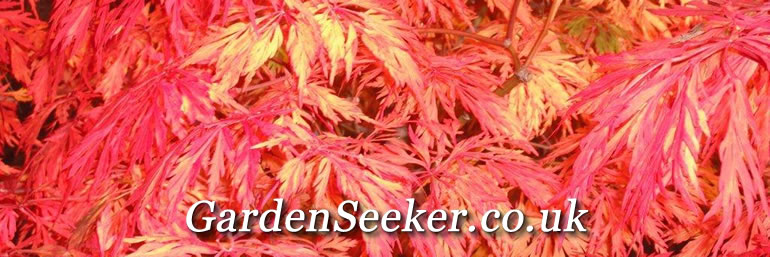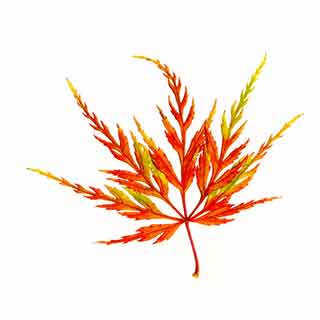

The Plant: The Fiddle-leaf Fig has the largest leaves of all the fig trees. The leaves initially emerge as a pale green but then mature to a leathery dark green with pale veining.
This Ficus which is more commonly known as Fiddle Leaf Plant, was once known as Banjo leaf plant. You will soon see that the foliage does in fact more resemble the body of a banjo than that of violin or fiddle! It is one of the Fig group rather than the rubber plant types – though still a Ficus.
The large leathery leaves on a well-grown specimen can reach 18in (45cm long. They are evergreen in normal, circumstances and any significant leaf fall will herald a problem within the plant or where you are trying to grow it.
It is normally seen as a single stem plant when grown as an indoor plant, but in the open it is a well-branched tree of some 25 metres (80ft) tall; a splendid sight in its native tropical African habitat.
Grown naturally, it will also produce small figs – no need to
wait or hope indoors. It will require a mature tree for
fruiting, and in any event the figs
are not known to be edible.
Its needs: Good light, even some morning sun allowed. It is best potted in a mixture of enriched potting soil with plenty of compost, leaf mould and sand to ensure adequate drainage. Warmth and humidity are essential for long life.
Care: The huge leaves of Ficus lyrata should be drench mist-sprayed regularly in hot weather. Thoroughly drench the pot or container every 10 days in the growing season, (this can be done by placing the pot in a washing up bowl filled with water and leaving pot in it for an hour). Trim back all growing tips regularly to maintain neat appearance.
Good for: This Ficus grows into a very large plant if not kept in check, and can easily dominate a room. Do not be tempted to plant it outside in the ground as, like most ficus varieties, it can grow into a very large tree with a very disruptive root system.
Invasive root system which will soon outgrow any pot.
Watch for scale pest, mealy bug, and red spider mite. The main veins on the underside of the leaves are the main hiding place for scale and mealy bug, but scale will also be happy and harder to see on the main stem and any branches.
For propagation, it is best to layer a few of the stems or even the top of the main stem. The leaves are generally too big to make growing from cutting a feasible option.
